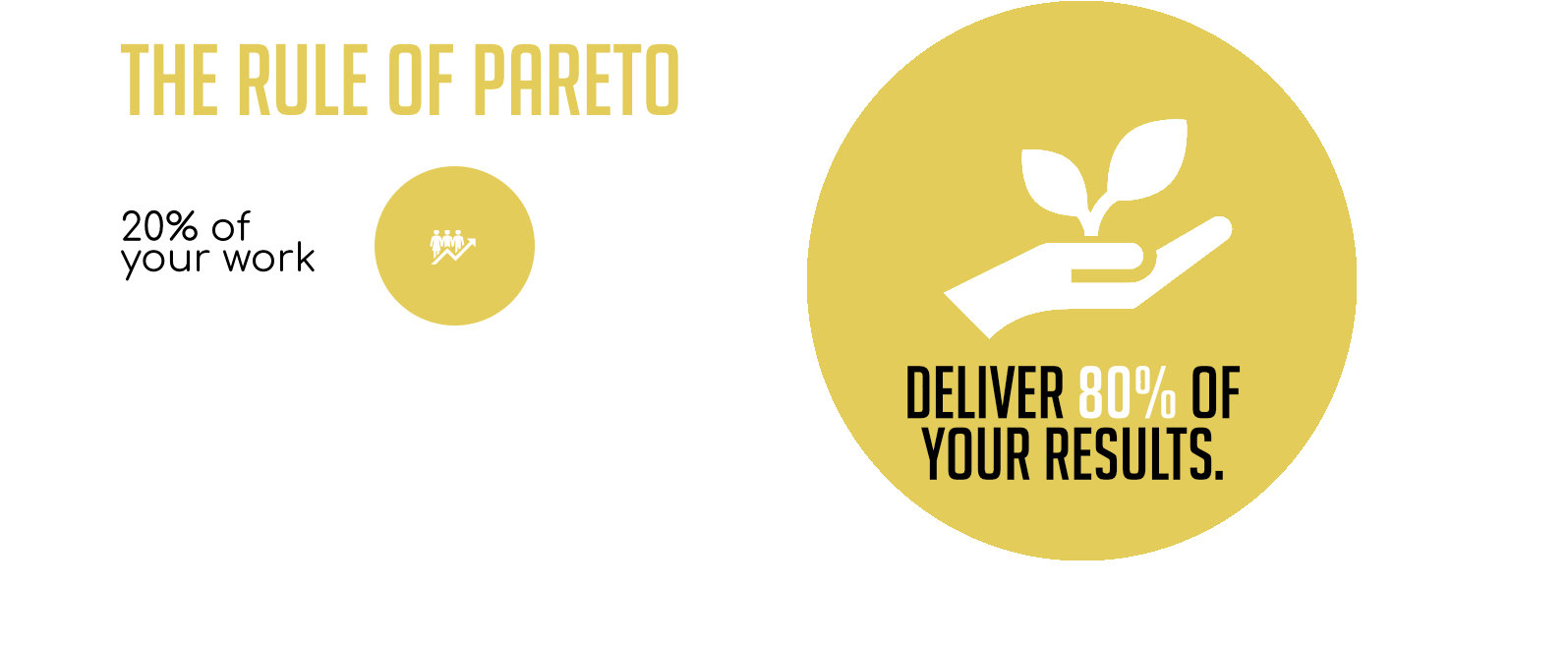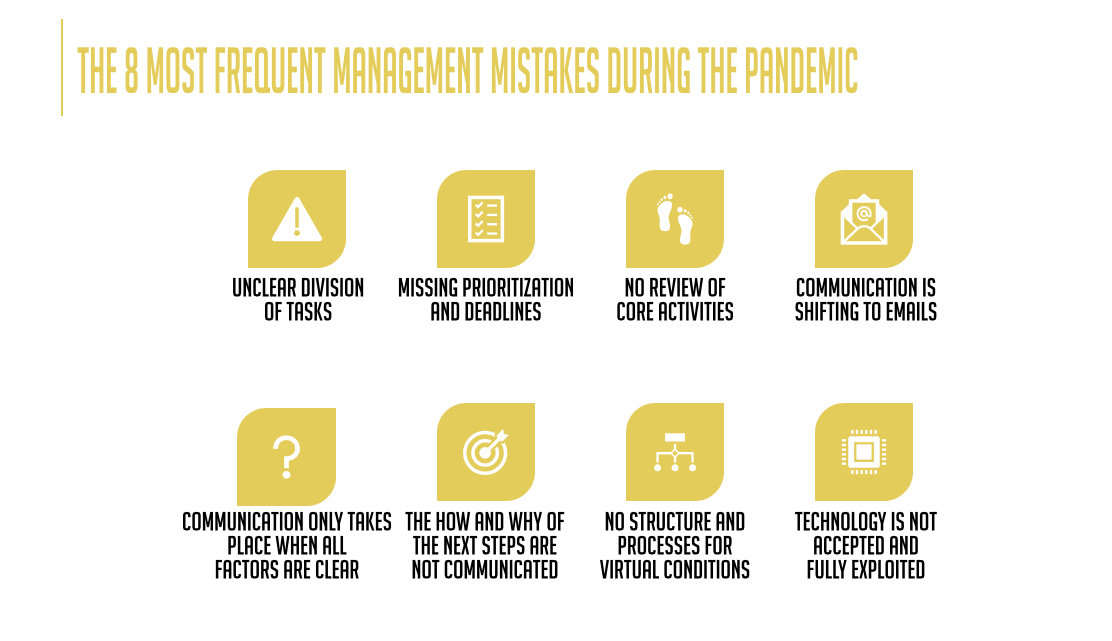Beware of the Cliff Ahead
shortened version

Why the conversion on home offices is more complicated than it first appears
The pandemic has taught us a lot. For one thing, it refutes the old wives’ tale that home office employees don’t do anything. On the other hand, we firms have begun to see teleworking as an enticing, cost-effective alternative to expensive office spaces.
Win:Win, right?
But no, it’s not. After 9 months of pandemic, many managers are still not fully aware of the risks associated with the quick, so-called switch, to home-offices. We don’t yet know the actual long-term effects of a change from in-office to home-offices. We don’t know yet whether employees will be able to continue to work productively and efficiently once the shock of the pandemic has subsided.
We don’t know.
To believe that after a few months of operation outside the usual office structures, we understand everything there is to know for successful restructuring is an act of sheer hubris that is nonetheless tripping up many entrepreneurs. MagnoliaTree has spent years dealing with digital management. We know that it takes much more than equipping employees with ergonomic office furniture and eye-saving monitors. The real key words are communication, structure, culture, and performance. But more about that later.

Now is the time for some critical reasoning
The Gallup Institute has asked remote workers about their preferences on how to conduct business after the pandemic: 49% of all respondents would still prefer to work from home. In many companies known to us, the verdict is even clearer: over 90% of the workforce would like to work from home permanently. At this point, entrepreneurs and strategy decision-makers should reflect on why the majority of employees do not want to be physically present in the company. Is it really only because they want to save themselves a long commute and thus money and time; or because of a bad working climate; the working conditions, the management and/or the prevailing structures?
In short: is there a problem with the atmosphere at your office?
Four things to keep in mind when transitioning to working from home

The pandemic may have shown entrepreneurs that teleworking is an effective contingency plan to ensure productivity, business continuity and job retention. But it has not taught us how to actually make the transition successful in the long run. Virtual work requires a shared responsibility and commitment from both employer and employee. This may work after a test phase of several months in companies with well thought-out and well-oiled structures, but companies with potential for improvement in terms of working conditions and leadership qualities should intensively address the improvement of entrenched deficiencies before implementing such a demanding model as teleworking. Our tip: Before you get carried away with a complete switch to virtual working, consider a model with voluntary rather than mandatory remote working. Offer employees who would like to work from home an opportunity to do so, but don’t force them to move out of familiar office structures. After all, the second half of the respondents mentioned at the beginning of the survey prefer to work in a classic office setting.
All, however, you create structures that minimize already known risks of remote working and that engage and motivate your employees. Grant your employees a say in shaping a new way of working together, because there is not a single sustainably successful corporate change that has not relied on participative co-creation. Because success in remote working spaces begins where we succeed in creating a connecting virtual community across physical borders.









